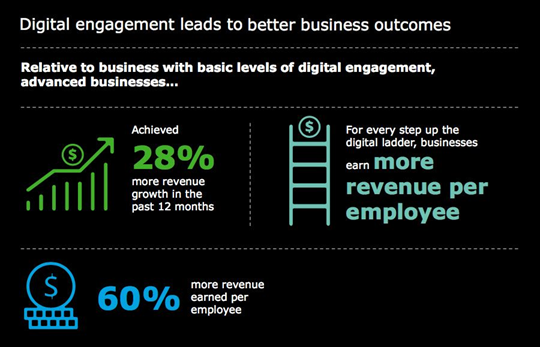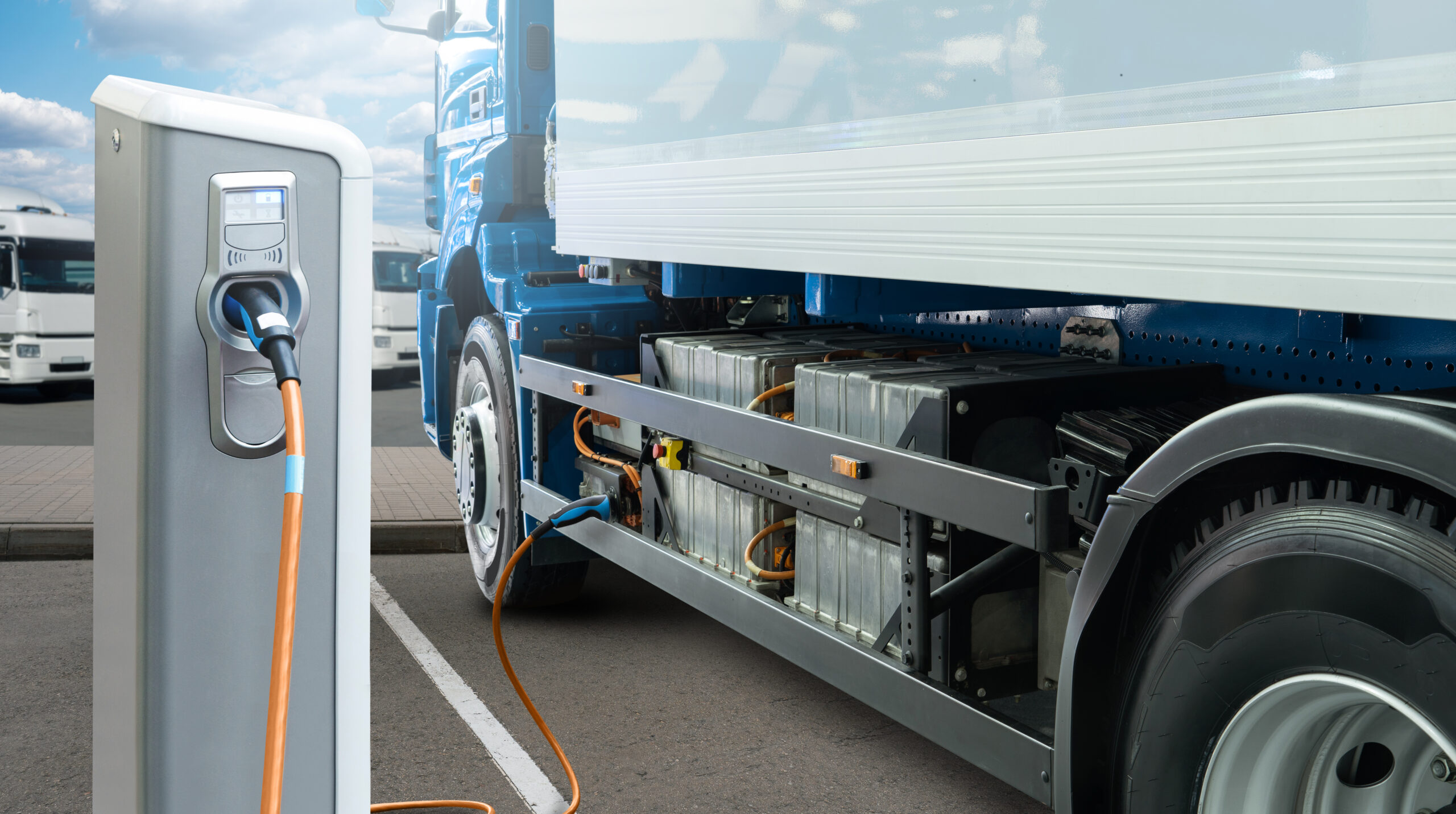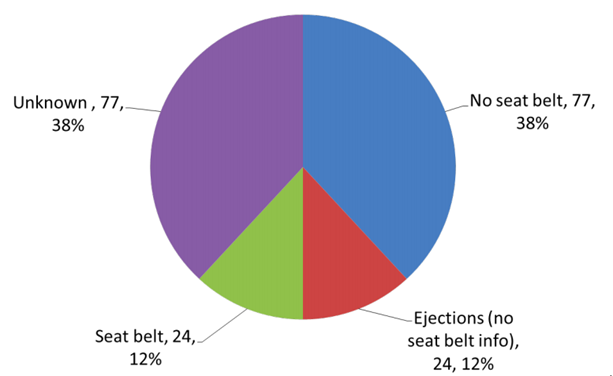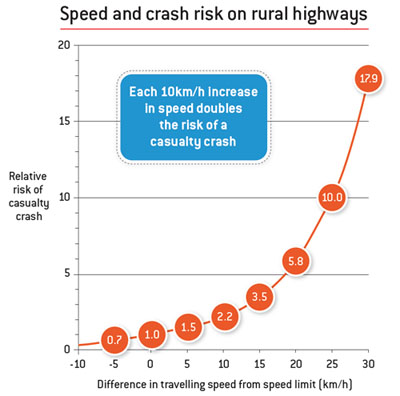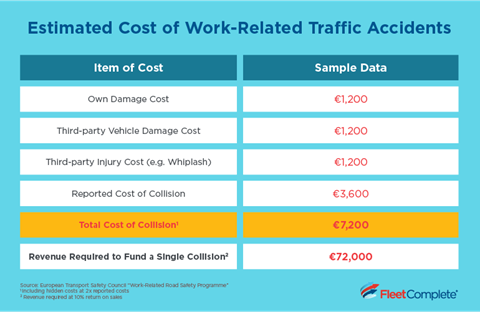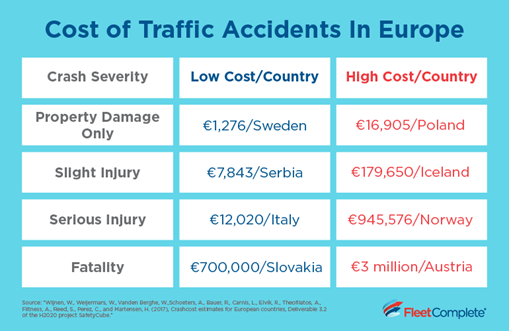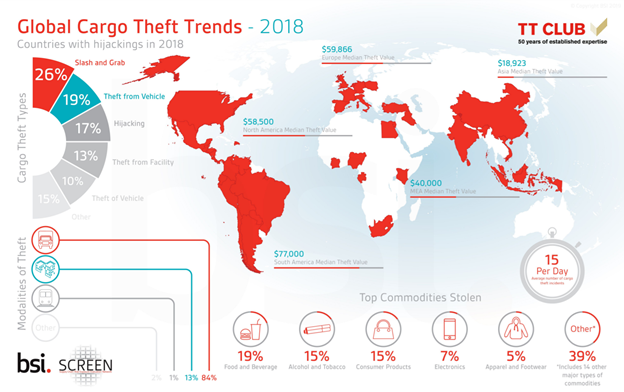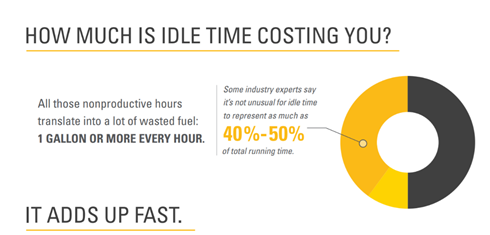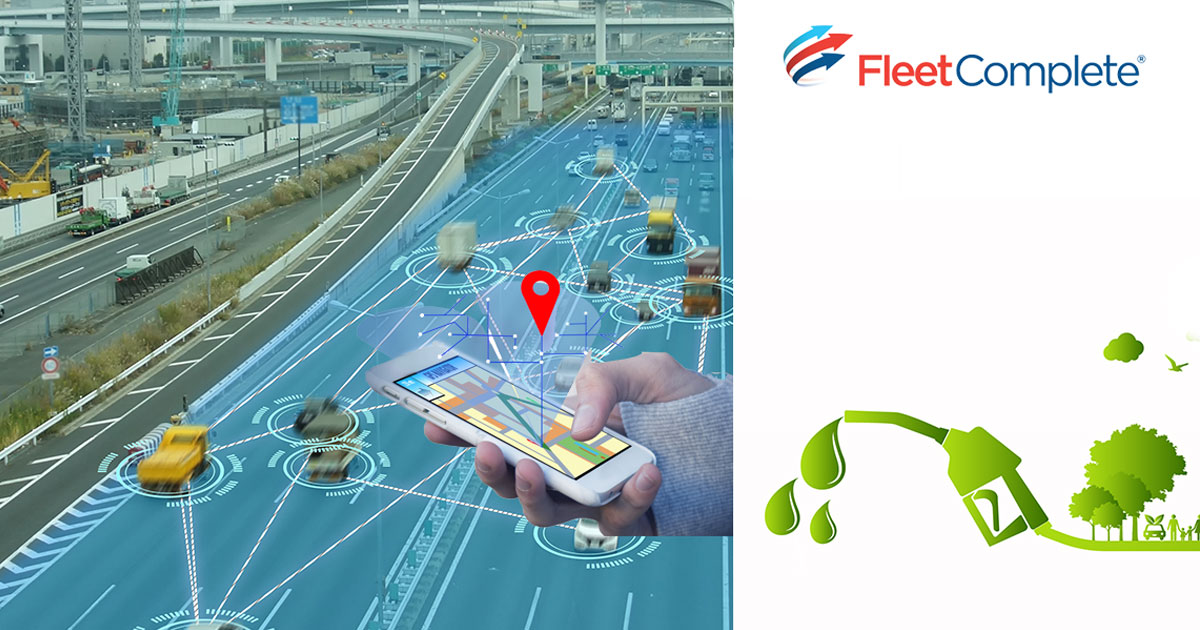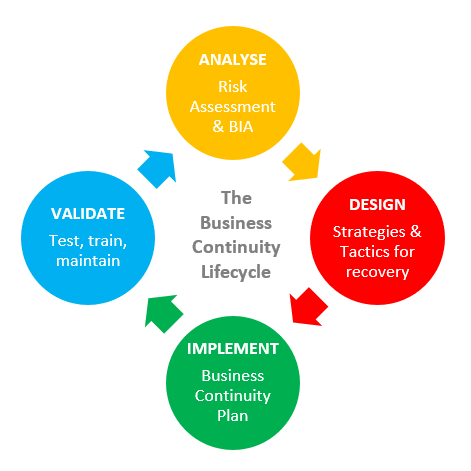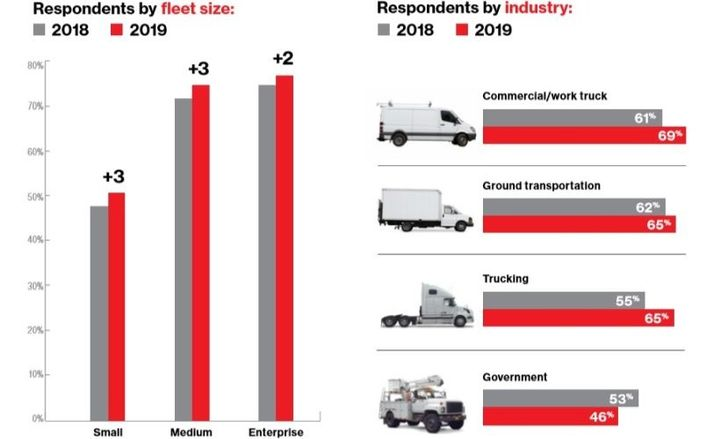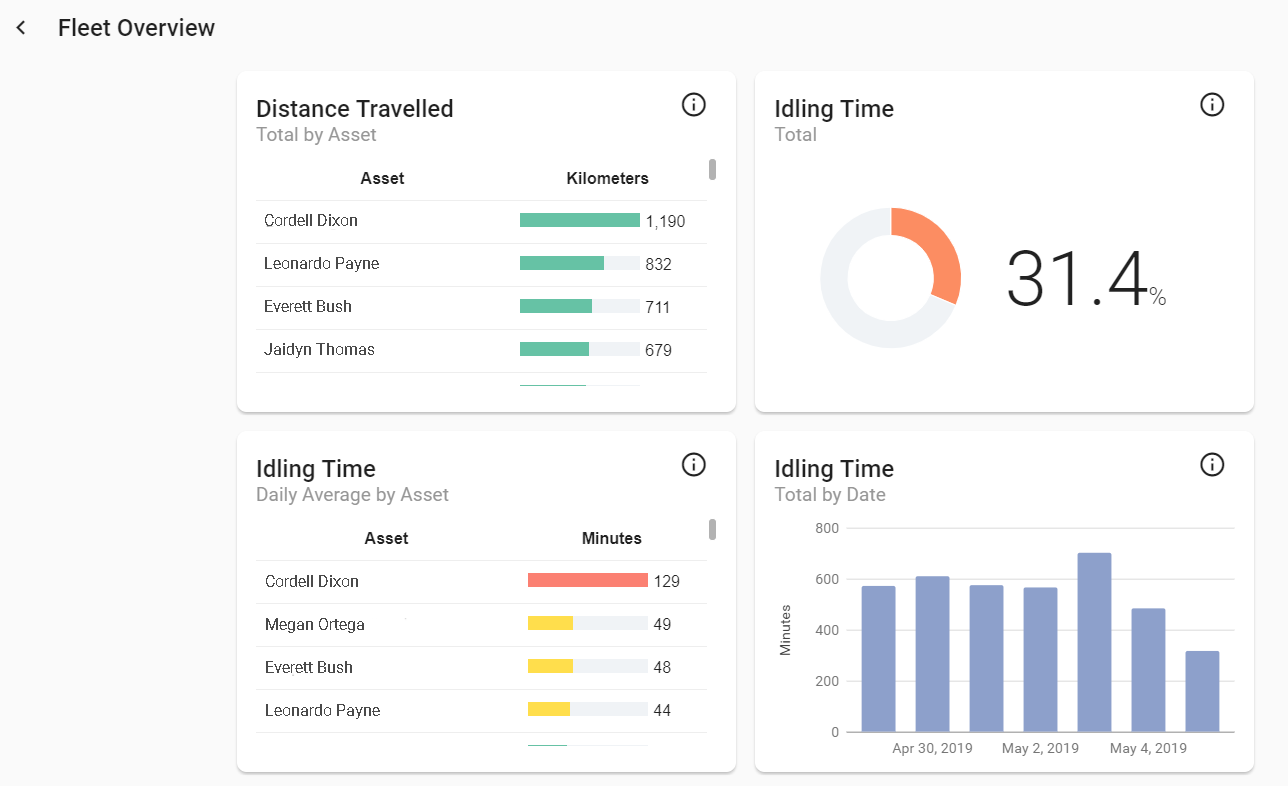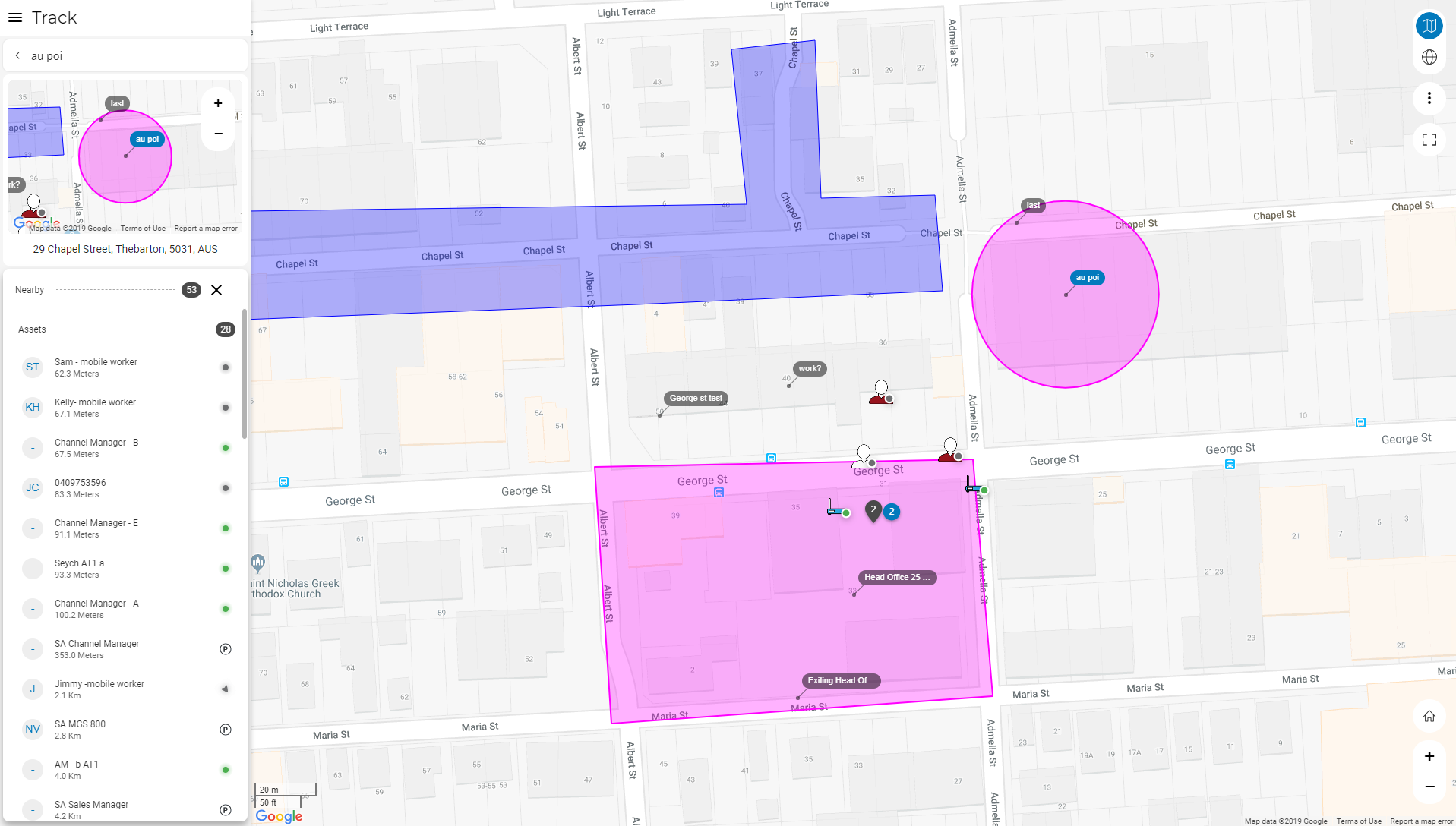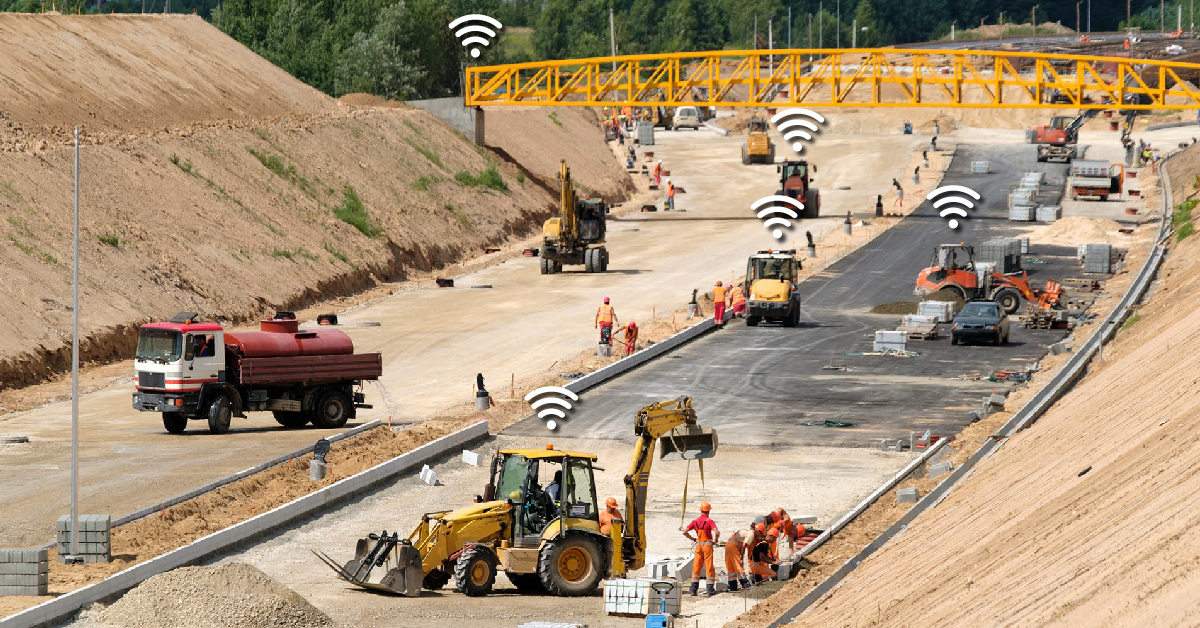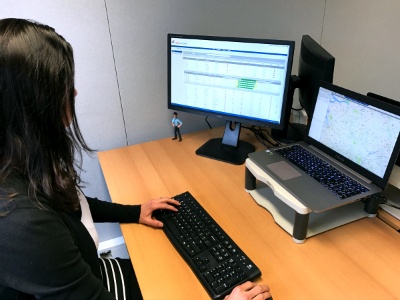When it comes to telematics and fleet management, some industry terms and jargon can be difficult to remember and understand.
So, to help you navigate the world of fleet management tools, we’ve put together a guide to define key topics and terms related to the industry and help cut through any confusion.
Telematics vs. Fleet Management Software – What’s the Difference?
A fleet manager’s responsibilities are complex, and as competition increases, the ability to run your fleet as efficiently as possible will help you stay ahead of the competition.
That’s where telematics and fleet management software come in.
Let’s take a closer look at what telematics and fleet management software are and how, together, they can help fleet managers streamline their operations.
Telematics
As a combination of ‘telecommunications’ and ‘informatics’, telematics is the communication and transmission of data between devices. The process starts with data points being collected from hardware installed within a vehicle. Then telematics relays this collection of data to the outside world using signals and servers – allowing fleet managers to access it on a device such as a cell phone, tablet, or computer.
The collected and transferred data can include various vehicle and driver insights, including:
- Location
- Vehicle speed
- Distance traveled
- Idling time
- Fuel consumption
- Driver behaviour
However, the data provided through telematics is crude, making it difficult to use and understand without first being processed and organized in a meaningful way. That’s where fleet management software comes into play.
Fleet Management Software
With telematics providing the connection between the data points collected in-vehicle and the fleet manager, fleet management software steps in to make the crude data understandable and useable.
The software organizes the data to create statistics, reports, and alerts that provide the manager with insights into the efficiency of the entire fleet and displays them in one easy-to-navigate platform.
Fleet management software also helps with the administrative side of fleet management by storing records, including:
- Vehicle specs
- Service histories
- Operating expenses
- Driver compliance documents
- Maintenance schedules
The software stores and displays this information in an easily accessible place where managers can use it to plan things like preventative maintenance, vehicle replacements, and driver license renewals.
From dash cams to GPS tracking – fleet management tools can give managers valuable insight into the health and performance of their fleet.
How Do They Work Together?
When telematics and fleet management software combine, they become a powerful business tool.
The two work together through the following steps:
-
Telematics provides the collection and transfer of in-vehicle crude data directly to the device of a fleet manager.
-
Fleet management software then takes the transferred raw data and organizes it to make digestible stats and reports.
-
Fleet managers can now oversee and understand the operations of their entire fleet in the palm of their hands, anywhere they go.
Armed with the helpful insights telematics and fleet management software provide together, managers can make data-based decisions on the go that will benefit their fleet and business.
More Fleet Management Terms to Know
The world of fleet management software is chock-full of jargon, making it important to know and understand key terms. To help you shop with confidence, here are some helpful terms to know.
Third-Party
Third-party refers to the ability to connect telematics or fleet management software with partner devices so data collected can be viewed in tandem. This streamlines data flows and unifies reporting.
OEM
Original Equipment Manufacturer (OEM) refers to companies that manufacture motor vehicles and equipment.
GPS Tracking
GPS tracking plots vehicle location on a map, allowing you to see where your vehicles are at any time.
Odometer
An odometer measures the distance travelled by a vehicle (not to be confused with engine hours).
Geofencing
Geofencing – or virtual perimeter around an area of interest – allows managers to set boundaries on a map. When a vehicle arrives at or leaves this area, a notification is sent to HQ. If unauthorized, the manager can then contact the driver to find out why, and if necessary, alert the authorities. Alternatively, fleet managers can geofence client sites and know when the driver arrived or left the client’s premises. This is great for billing and providing proof of service.
Remote Diagnostics
Remote diagnostics is a system that sends Diagnostic Trouble Codes (DTCs) – including severity and solution recommendations – straight to HQ. You’ll know what parts you need and can plan for downtime.
How Our Team Will Support You
Hopefully, this article will benefit your decision-making when shopping around – but there’s nothing quite like talking to a trained professional about your business goals.
Here at Fleet Complete, we guide you through the entire process – from deciding which features are required to installing the technology, so you’re ready to start monitoring your fleet from day one. We also offer best-in-class technical support, so that when you’re getting started, you have a professional on hand to guide you through getting the most out of your new tools.
If you’d like to find out how Fleet Complete can support your business, learn more by requesting our Fleet Complete demo.
If you have any questions about Fleet Complete’s fleet management solutions, contact us here.






